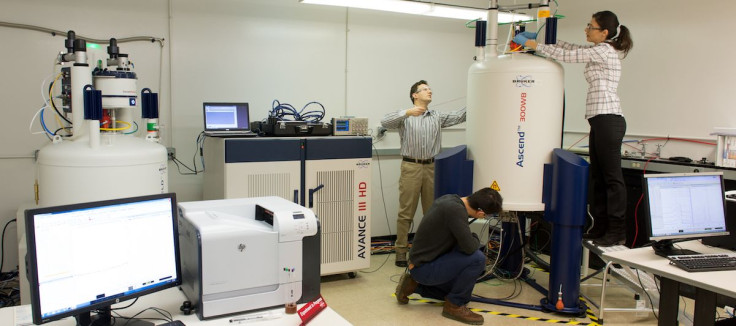More Efficient, Safer Solid-State Magnesium-Ion Batteries Now Closer To Reality

Scientists at the Department of Energy (DOE) in Joint Center for Energy Storage Research (JCESR) have discovered the fastest-ever magnesium-ion solid-state conductor. This is considered a key step toward creating solid-state magnesium-ion batteries that would not just be safe but also energy-dense.
To understand the significance of this discovery, one should first know what an electrolyte is. It is something that carries charge between the cathode and anode of a battery (negative and positive ends). In every commercial battery, the electrolyte is a liquid and that makes it flammable. This is particularly true with lithium-ion batteries (found in many smartphones).
A solid-state conductor, on the other hand, could end up becoming an electrolyte — in which case it would be way more fire-resistant than its liquid counterparts. The researchers at the Argonne National Laboratory and DOE’s Lawrence Berkeley National Laboratory (Berkeley Lab) were working on a magnesium battery. Compared to lithium, magnesium batteries offer higher energy density.
However, the researchers met a stumbling block since they didn’t have good liquid electrolyte options. Most of the options they had tended to corrode other parts of the battery. "Magnesium is such a new technology, it doesn't have any good liquid electrolytes," Berkeley Lab’s Gerbrand Ceder, a senior faculty scientist at the lab, said in a statement Tuesday. "We thought, why not leapfrog and make a solid-state electrolyte?"
The material the scientists came up with was magnesium scandium selenide spinel. The magnesium mobility of this material is comparable with solid-state electrolytes for lithium batteries.
The team’s findings were mentioned in a study titled "High magnesium mobility in ternary spinel chalcogenides" that appeared Friday in the journal Nature Communications.
“With the help of a concerted effort bringing together computational materials, science methodologies, synthesis, and a variety of characterization techniques, we identified a new class of solid conductors that can transport magnesium ions at unprecedented speed,” Pieremanuele Canep a— one of the study’s lead authors (the other being Shou-Hang Bo, both post doctoral fellows at Berkeley Lab) — said in the statement.
Scientists from the Massachusetts Institute of Technology (MIT) were also part of the research team, providing them with computational resources. The researchers from Argonne provided significant experimental confirmation of the magnesium scandium selenide spinel material. This helped the team document the material’s structure and function.
Baris Key, co-author of the paper and a research chemist at Argonne, did nuclear magnetic resonance (NMR) spectroscopy experiments. The tests that he conducted are said to be the first steps towards proving that magnesium ions could move through the material as fast as earlier predicted by theoretical studies.
“It was crucial to confirm the fast magnesium hopping experimentally. It is not often that the theory and the experiment agree closely with each other,” Key said. “The solid state NMR experiments for this chemistry were very challenging and would not be possible without dedicated resources and a funding source such as JCESR. As we’ve shown in this study, an in-depth understanding of short and long-range structure and ion dynamics will be the key for magnesium ion battery research.”
The team now has plans to do more work so that the conductor could be used in a battery. “This probably has a long way to go before you can make a battery out of it, but it’s the first demonstration that you can make solid-state materials with really good magnesium mobility through it,” Ceder said. “Magnesium is thought to move slowly in most solids, so nobody thought this would be possible.”
Ceder said he was excited, but cautioned that more work needed to be done.
“There are enormous efforts in industry to make a solid-state battery. It’s the holy grail because you would have the ultimate safe battery. But we still have work to do. This material shows a small amount of electron leakage, which has to be removed before it can be used in a battery,” he added.
© Copyright IBTimes 2024. All rights reserved.











